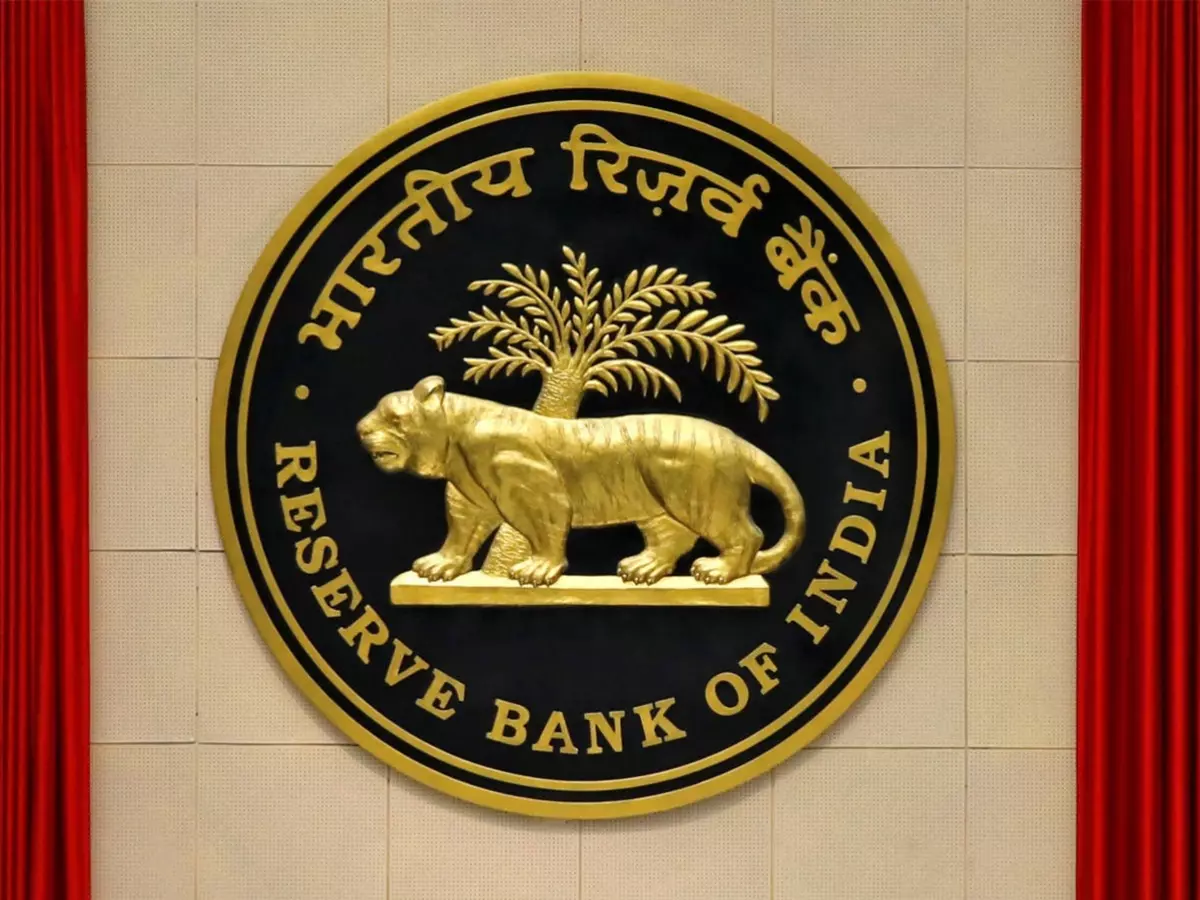RBI's Logo Was Originally Inspired By The East India Company? All You Need To Know
Its been 88 years since India¡¯s central bank, the Reserve Bank of India (RBI) was set up. On April 1, 1935, RBI was founded on the basis of the recommendations of the 1926 Royal Commission on Indian Currency and Finance, also known as the Hilton Young Commission.

It's been 88 years since India¡¯s central bank, the Reserve Bank of India (RBI) was set up. On April 1, 1935, RBI was founded on the basis of the recommendations of the 1926 Royal Commission on Indian Currency and Finance, also known as the Hilton Young Commission.
How Was RBI's Logo Decided?
 londoncoins
londoncoins
The original choice for the seal of RBI was the East India Company Double Mohur, with the sketch of the Lion and Palm Tree. However, it was decided to replace the lion with the tiger, the national animal of India.
As per RBI, the selection of the RBI¡¯s common seal to be used as the emblem of the bank on currency notes, cheques and publications, was an issue that had to be taken up at an early stage of the Bank's formation.
The general ideas on the seal were as follows:
-The seal should emphasize the Governmental status of the Bank, but not too closely;
-It should have something Indian in the design;
-It should be simple, artistic and heraldically correct; and
-The design should be such that it could be used without substantial alteration for letter headings, etc.
For this purpose, various seals, medals and coins were examined. The East India Company Double Mohur, with the sketch of the Lion and Palm Tree, was found most suitable; however, it was decided to replace the lion with the tiger, the latter being regarded as the more characteristic animal of India.
Also Read: How RBI Governor Is Appointed
What The Then Deputy RBI Governor Said About The Logo
 reuters
reuters
To meet the immediate requirements in connection with the stamping of the Bank's share certificates, the work was entrusted to a Madras firm. The Board, at its meeting on February 23, 1935, approved the design of the seal but desired improvement of the animal's appearance. Unfortunately, it was not possible to make any major changes at that stage, as per RBI.
But the Deputy RBI Governor, Sir James Taylor, did not rest content with this. He took a keen interest in getting fresh sketches prepared by the Government of India Mint and the Security Printing Press, Nasik. As a basis for good design, he arranged for a photograph to be taken of the statue of the tiger on the entrance gate at Belvedere, Calcutta. Something or the other went wrong with the sketches so that Sir James, writing in September I938, was led to remark:
......tree is all right but his tiger looks too like some species of dog, and I am afraid that a design of a dog and a tree would arouse derision among the irreverent. .....'tiger is distinctly good but the tree has spoiled it. The stem is too long and the branches too spidery, but I should have thought that by putting a firm line under the feet of his tiger and making his tree stronger and lower we could get quite a good result from his design.
Later, with further efforts, it was possible to have better proofs prepared by the Security Printing Press, Nasik. However, it was eventually decided not to make any changes to the existing seal of the bank, and the new sketches came to be used as an emblem for the bank's currency notes, letterheads, cheques and publications issued by the bank.
Also Read: How RBI Creates & Distributes Indian Rupee Banknotes
What The East India Company Used To Do
The East India Company was an English, and later British, joint-stock company founded in 1600 and dissolved in 1874 It was formed to trade in the Indian Ocean region, initially with the East Indies (the Indian subcontinent and Southeast Asia), and later with East Asia. The company seized control of large parts of the Indian subcontinent and colonised parts of Southeast Asia and Hong Kong. At its peak, the company was the largest corporation in the world by various measures.
When RBI Was Also The Central Bank For Myanmar & Pakistan
 telegraphindia
telegraphindia
Burma (Myanmar) seceded from the Indian Union in 1937 but the Reserve Bank of India continued to act as the Central Bank for Burma till the Japanese Occupation of Burma and later up to April 1947. After the partition of India, the Reserve Bank of India also served as the central bank of Pakistan up to June 1948 until the State Bank of Pakistan commenced operations.
For the latest and more interesting financial news, keep reading Indiatimes Worth. Click here.









